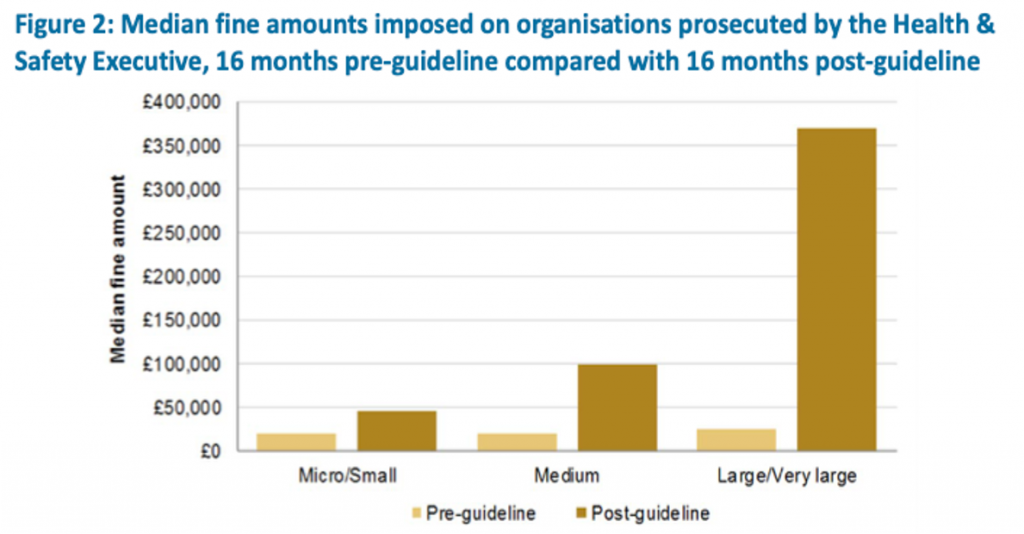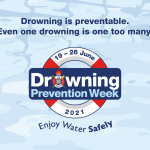Pool Health & Safety – An Introduction for Pool Operators
Table of Contents
Why Now?
As COVID-19 reinforced the importance of robust Health & Safety procedures and the recent unsettling statistics emerging with 1 in 3 children currently not knowing how to swim, it is more important than ever to know what your responsibilities as a pool operator are. We have put together this Introductory Health & Safety Guide to rules and legislature that applies to you as a pool operator. This is guide is the first of a series of guides, please check this page regularly for the most up to date information.
Guidance and Law: What’s the difference?
When it comes to managing Health & Safety in pools a selection of guidance documents and laws apply. Guidance documents like HSG179 provide an overview of what you should and must do. While the law prescribes what you must do and what liability can arise if you fail to.
Which should you follow?
It is best practice to follow both, ensuring that your operations meet not only the bare legal requirements but excel at delivering safe and delightful pools for your visitors while giving you peace of mind and certainty.
HSG179: Health and Safety in Swimming Pools
HSG179 is a guidance document on managing health & safety in swimming pools. It is considered the holy grail of best practices for pool operators to follow and extensively covers all areas of pool management from risk assessment, operations procedures and water quality. We have previously summarised the must’s and should’s of the document for you and you can read them here.
Importantly, since HSG179 is a guidance document it is not enforceable by law. Instead, HSG identifies how Health & Safety at Work Act 1974 specifically applies to pool management and provides recommendations to ensure compliance.
S3(1) Health & Safety at Work Act 1974
Health & Safety at Work Act 1974 and specifically Section 3(1) is of particular importance to you as a pool operator. The Act outlines the duties of the employer towards their employees and persons affected by the business. Section 3(1) outlines the exact duty that you have towards all visitors to your premises and pool. This section has been the dominant legislature used for sentencing in the UK.
It shall be the duty of every employer to conduct his undertaking in such a way as to ensure, so far as is reasonably practicable, that persons not in his employment who may be affected thereby are not thereby exposed to risks to their health or safety.
S3(1) Health & Safety at Work Act 1974
S37 Health & Safety at Work Act 1974
Crucially, Section 37 of the Health & Safety at Work Act links any Health and Safety breaches personally to the directors, senior managers and the Corporate Manslaughter and Homicide Act. Put simply, this section places personal responsibility onto directors and senior managers of an organisation and allows for Corporate Manslaughter sentencing guidelines to apply.
Where an offence under any of the relevant statutory provisions committed by a body corporate is proved to have been committed with the consent or connivance of, or to have been attributable to any neglect on the part of, any director, manager, secretary or other similar officer of the body corporate or a person who was purporting to act in any such capacity, he as well as the body corporate shall be guilty of that offence and shall be liable to be proceeded against and punished accordingly.
Section 37 Health & Safety at Work Act 1974
Health and Safety Offences, Corporate Manslaughter and Food Safety and Hygiene Offences Sentencing Guidelines
The sentencing guidelines provide judges with a starting point for fines for companies that commit health and safety offences. In 2018, guidelines were issued to judges to increase prison sentences for people convicted of gross negligence manslaughter in a workplace setting. Under the guidelines, anyone convicted of manslaughter by gross negligence could face a prison sentence of up to 18 years.
The sentencing and fines are based broadly on three metrics:
Culpability – was there a deliberate breach or disregard for the law?
Harm Category – the seriousness of the harm and likelihood of that harm arising
Company Turnover – split into 4 brackets (from Micro to Large)

What we can help you do?
SPSC UK has over 20 years of industry experience helping pool operators achieve safety and operational excellence. We can provide you with expert advice on pool management and recommend cutting-edge technology that can facilitate you meet the H&S requirements while reducing operational costs.
To learn more about how we can help you simply get in touch.
Sources:
https://www.hse.gov.uk/pubns/books/hsg179.htm
https://www.legislation.gov.uk/ukpga/1974/37/section/3




